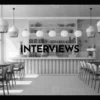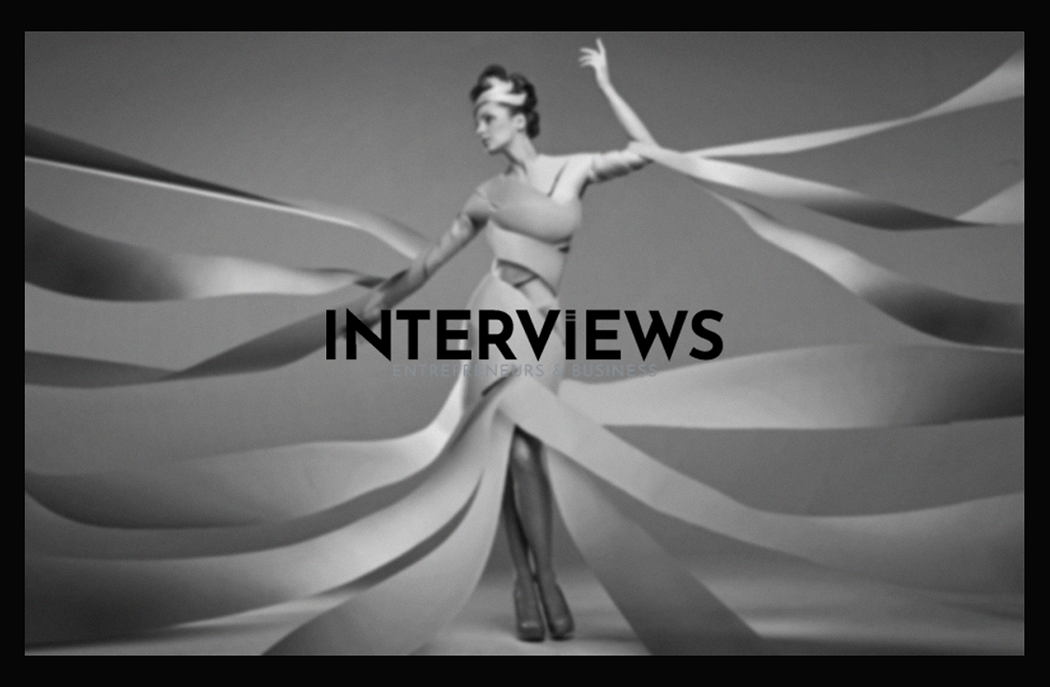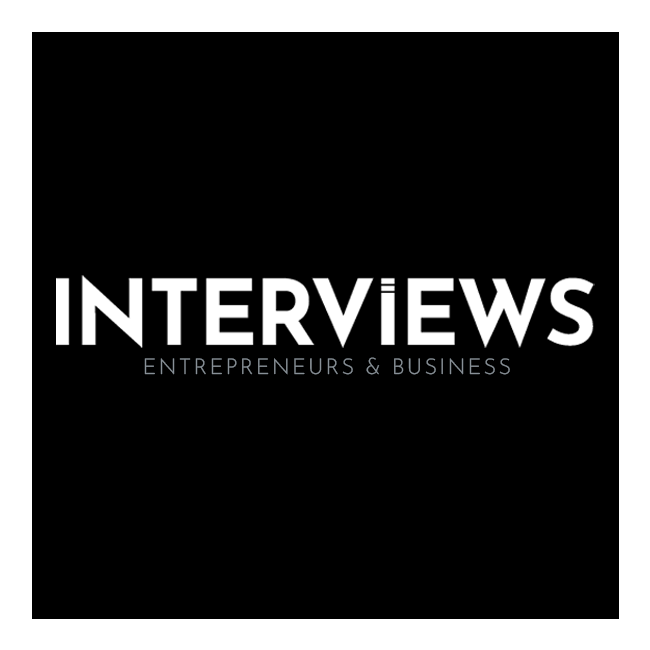Cracking the Code of Clothing Cash: Your Guide to a Profitable Fashion Venture
Got an idea for a clothing business? That’s smart. Fashion is always in. But having a ‘vision’ board won’t cut it. You need to learn where the money is. Know how to start small and what actually sells. This guide helps you navigate clothing commerce.
I. Where the Real Profit is Hiding: Lucrative Clothing Business Niches
Let’s be clear: not every clothing business is a money-maker. Dreaming of racks overflowing with your designs is nice, but focus on the most profitable avenues. It is a smarter choice.
The Allure of High-End and Branded Boutiques
Think of those shops where the price tags make you gasp. They are often gold mines. Why? They work on a different level.
- Premium Prices, Premium Profits: High-end stores charge high markups. They can demand way more. That designer handbag costs them little to make, but its price? Ridiculous. That’s where profits come in.
- Brand Power is Buying Power: Why do people queue for certain brands? Brand recognition matters. A strong brand signals ‘quality,’ ‘exclusivity,’ and ‘status.’ Customers eagerly pay more for that promise.
Beyond the Boutique: Other Avenues for Apparel Riches
High-end is not the only way to profit. Many smart options exist:
- Resurrecting Retro: The Vintage and Second-Hand Goldmine
- Eco-Conscious Cash: The planet demands sustainability. Vintage and second-hand clothing reach eco-aware shoppers. It’s recycling made fashionable.
- Niche it to Win it: Don’t sell ‘old clothes.’ Curate smartly. Be the go-to for 80s denim or 90s flannels. Specialization draws loyal customers.
- Online is Your Runway: Use platforms like eBay and Poshmark for vintage sales. Or better yet, create your own store to show off your unique vintage vibe.
- Niche is Your Friend (Especially in Clothing): Categories that Cash In
- Uniformly Profitable: Look beyond everyday wear. Consider chef jackets, corporate uniforms, athletic gear. Consistent demand exists in these spaces.
- Consistent Clients are Key: Schools, hospitals, corporations require uniforms and specialty wear. Selling school uniforms or hospital scrubs creates ongoing revenue.
- Print-on-Demand (POD): Minimum Inventory, Maximum Flexibility
- No Stockpile Stress: POD is ideal for minimalists. Only produce clothes when someone places an order. No unwanted inventory piling up.
- Customize and Conquer: Allow customers to design their clothes. Custom prints attract buyers eager to express themselves through fashion.
- Eco-Friendly Threads: Green is the New Black (and Greenbacks)
- Sustainable Style Sells: The eco-conscious consumer grows more influential. They actively seek organic clothing options.
- Ethical Edge, Price Advantage: Organic materials and ethical production carry higher prices. Consumers often pay more for brands aligned with their values.
- Kidswear: Tiny Clothes, Big Market
- Growth Spurt Guarantee: Kids outgrow clothes fast. This means unending demand for fresh styles. It’s built-in repeat business.
- Parents Pay for Style and Substance: Parents seek stylish yet durable kidswear. Combining looks and toughness wins in this market.
- From Babygrows to Big Kid Brands: Kidswear spans many ages – from infants to pre-teens. Plenty of opportunities exist.
More Clothing Business Sparks to Ignite Your Imagination:
- Fashion boutique (timeless choice).
- Custom printing services (personalization wins).
- Athletic and fitness brand (activewear sells well).
- Plus-size fashion (underserved market).
- Sustainable fashion line (eco-friendly is a movement).
- Pet clothing (stylish pets deserve a place).
II. Zero Budget, Zero Problem? Starting a Clothing Business on a Shoestring
No cash to start a clothing business? No worries. You can launch with practically no money. It’s about strategies, not just savings.
Phase 1: Brains Before Bucks – Research and Planning is Your Foundation
- Niche Nirvana: Don’t try to serve everyone. Find your niche. Who are you dressing? What style do you want?
- Know Your Customer, Know Your Game: Understand your target audience completely. What do they seek? Where do they shop? What issues do they have?
- Spy on the Competition (Ethically, of Course): Study your competitors. What are they doing right? Where’s the gap? How can you stand out?
- Pick Your Path: POD, Dropshipping, or a Clever Combo: Determine your business model from the start. POD? Dropshipping? Perhaps both? Evaluate their benefits, especially when starting with little.
- Blueprint for Business: Draft a simple business plan. Include goals, target audience, marketing strategies, basic operations. Get it in writing.
Phase 2: Print-on-Demand (POD) – Your Inventory-Free Friend
- POD Powerhouses: Use platforms like Printful and Printify. They handle printing, production, and shipping. You focus on designs and sales.
- Design is King (or Queen): Either create designs yourself or hire someone skilled. Upload these to your selected POD platform.
- Set Up Shop (Online, Obviously): Use Etsy, Shopify, or social media to launch your online store. Display your designs and make purchase easy.
Phase 3: Dropshipping – Someone Else’s Stock, Your Sales
- Supplier Sleuthing: Locate trustworthy dropshipping suppliers to ensure quality for your clothing line.
- E-commerce Emporium: Construct an online store showcasing your dropshipping items. Present a professional appearance.
- Order Flow Magic: Customer purchases from you, forward their order to your supplier who ships directly to them. You never handle products at all!
Phase 4: Free Marketing – Get Seen Without Spending a Dime
- Social Media Blitz: Utilize Instagram, Facebook, Pinterest for promotion. Create engaging content, display your styles, grow your audience.
- Content is Currency: Produce blog posts, videos, infographics related to your niche. Draw potential clients with interesting materials.
- Partner Power: Collaborate with like-minded businesses or influencers for cross-promotion opportunities.
- Canva is Your Creative Sidekick: Use free tools like Canva for designing appealing graphics and social media posts.
- Email List is Gold Dust: Start building an email list early on. Direct access allows you to communicate for promotions and product updates.
Key Takeaways for the Bootstrapped Business Builder:
- Customer Service is Your Secret Weapon: Deliver outstanding service to all customers. Happy buyers provide free marketing.
- Brand Identity Matters (Even on a Budget): Create a strong brand identity. Define what you represent and what makes you unique to draw in your audience.
- Legal Lowdown: Handle legal aspects early on. Research licenses and regulations necessary for compliance regardless of how small you begin.
- Patience and Persistence Pay Off: Building a successful clothing brand demands time along with effort. Be prepared to hustle, learn, and adapt continually.
III. Launching Your Fashion Brand: From Sketch to Storefront
Eager to build a fashion brand? It’s not just about designs; it’s about creating a brand universe around your clothing. This roadmap guides you toward brand recognition (and hopefully earnings).
Step 1: Business Plan – The Blueprint of Your Brand
- Fashion Industry Deep Dive: Understand industry dynamics – trends, gaps, opportunities – become an industry expert.
- Target Audience Telescope: Who is your audience? What drives their choices – desires, lifestyles, budgets?
- Unique Selling Proposition (USP) – Your Brand’s Superpower: Identify what differentiates your brand from the countless others in the market.
- Mission and Values – What You Stand For: Brand values resonate with buyers. Define if you are ethical, sustainable, bold, or classic.
- Budget Reality Check: Outline all startup expenses from production to marketing and operate under a realistic budget plan.
- Business Structure Basics: Sole prop, LLC, corporation. Choose the right legal structure for your brand.
- Production Path: In-House or Outsource? Will you manufacture yourself? Or find a manufacturer? Each has its own costs and control levels.
Step 2: Design and Collection Development – From Inspiration to Garments
- Trend Tracker: Stay current with fashion trends. Don’t blindly follow them. Inspiration is everywhere – art, culture, street style.
- Design to Reality: Sketch, create patterns. Develop samples. This is where designs take physical form.
- Fabric Focus: Quality Counts: Choose fabrics. Match brand aesthetic and target audience. Quality materials elevate brand perception.
- Production Oversight: If outsourcing production, maintain quality control. Consistency is key to brand reputation.
Step 3: Brand Building – Crafting Your Fashion Identity
- Visual Identity – Logo, Colors, Typography: Create a cohesive brand look and feel. Logo, color palette, fonts communicate your brand personality.
- Marketing Masterplan: How will you reach your target audience? Online, offline, or both? Plan your marketing channels and strategies.
- Website and Social Media – Your Digital Showrooms: Essential for showcasing your brand. Professional website, engaging social media presence.
- Industry Connections – Network to Net Worth: Connect with other fashion pros, influencers, potential partners. Networking expands opportunities.
Step 4: Launch and Sales – Opening Your Doors (Real or Virtual)
- E-commerce Platform Pick: Shopify, Etsy, BigCommerce. Choose a platform that fits your needs and budget.
- Website Wow Factor: Design your website to be user-friendly. Visual appeal is crucial. Professional product photos, compelling descriptions matter.
- Marketing Machine in Motion: Drive traffic to your online store. Use social media, email marketing, and paid ads.
- Physical Retail Possibilities: Explore offline channels. Consider pop-up shops, boutiques, and wholesale to expand reach.
Step 5: Monitor and Improve – Fashion is Forever Evolving
- Data Dive: Sales Analytics are Your Friend: Track sales data. Identify trends. Find bestsellers and areas for improvement.
- Customer Feedback Loop: Actively seek customer feedback. Use it to refine products and improve service.
- Adapt or Adieu: Fashion is Fast-Paced: Research trends continuously. Adapt to market changes. Innovate to stay ahead. Fashion never stands still.
IV. The Pillars of Clothing Business Success: No Fairy Dust, Just Fundamentals
- Strong Market Demand: People need to want what you sell.
- Effective Marketing: If nobody knows you exist, nobody buys from you.
- High-Quality Products or Services: Quality builds reputation.
- Customer Service Excellence: Happy customers are your best marketing asset.
- Financial Management Savvy: Know your numbers. Manage cash flow effectively.
- Adaptability and Innovation: The fashion world changes fast; you must too.
V. Fashion Forecast: What’s Trending Now (and Maybe Tomorrow)
Curious about fashion trends? Here’s a peek at current and emerging trends:
- Boho Chic in Suede: Flowing silhouettes, earthy tones, luxurious suede textures.
- Aquatic Influences: Ocean blues, wave-like patterns inspired by the sea.
- Asymmetry: Uneven hemlines, off-shoulder designs for a modern edge.
- Texture and Tactility Focus: Clothes that feel as good as they look. Plush velvets, cozy knits.
- Sustainability: Eco-friendly materials, recycled fabrics, ethical production practices are essential.
- Plaid Prints: Classic tartans to bold checks are making a strong comeback.
- Skinny-leg Trousers: Still a wardrobe staple for streamlined style.
- Posh Trackies: Elevated tracksuits blur lines between loungewear and streetwear.
- Skirt-over-Trousers Hybrid: A bold layered look for fashion-forward individuals.
- Slouchy Straight-leg Trousers: Relaxed yet stylish for comfort and versatility.
- Polished Utility Trouser: Functional and fashionable with clean lines.
VI. The Cold, Hard Cash Talk: Startup Cost Considerations
Let’s talk numbers. How much for this fashion dream?
- Ballpark Figures: Starting a clothing business can range from ₹5-10 Lakh. This includes space, inventory, staff, and operating costs.
- Brand Building Budget: Launching your clothing brand? Factor in around ₹5 lakh to ₹10 lakh.
- Dollar to Rupee Conversion (To Confuse You More): Estimates in USD? Think $500 to $10,000.
- Online vs. Brick-and-Mortar: Online could cost $5,800-$17,000. Physical retail? Brace for $64,500-$131,300.
Important Note: These are just estimates. Actual costs depend on business model, scale, location, and spending habits.
VII. Fashion Royalty: Brands and Names that Reign Supreme
Need inspiration? Look to industry titans. Here are valuable brands in fashion:
Top Apparel Brands by Value:
- Louis Vuitton: Valued at $32.2 billion.
- Nike: Valued at $31.3 Billion USD.
- Louis Vuitton (Again!): Listed twice in rankings at $26.3 Billion USD.
Iconic Fashion Figures: The Design Gods and Goddesses:
- Coco Chanel
- Ralph Lauren
- Tom Ford
- Yves Saint Laurent
- Betsey Johnson
- Valentino Garavani
- Marc Jacobs
- Calvin Klein
Analyzing these brands isn’t just history; it’s market research. What made them successful?
VIII. Shein’s Secret Sauce: How to Sell Clothes Cheaper Than Lunch
Ever wonder how Shein sells clothes for almost nothing? It’s strategic business:
- Outsourced Labor: Shein relies on outsourcing manufacturing to areas with lower labor costs to minimize production expenses.
- Online-Only Advantage:No physical stores mean massive cost savings. Selling online slashes overhead.
This model drives growth but raises ethical questions about sustainability and labor practices. Consider this as you build your brand.
IX. Hot off the Hangers: Clothing Items Flying off the Shelves
Knowing what’s in demand aids success. Here are best-selling clothing items right now:
- Comfort is King: Sweatshirts, sweatpants, hoodies remain popular.
- Activewear Ascendancy: Leggings, yoga pants, sports bras – activewear is everyday wear now.
- Sleepwear Sophistication:Pajamas, robes, loungewear sets emphasize comfort at bedtime.
- Sock Stars:Socks sell strongly. Funky patterns and cozy materials are a hit.
- Footwear Frenzy:Sneakers, boots, sandals are major products in their own right.
This snapshot isn’t exhaustive yet gives insight into consumer preferences. Stay updated on fashion trends to adapt offerings effectively. Building a clothing business isn’t simple yet is achievable with knowledge and planning. Go get ’em, tiger! Or should I say fashion icon?




